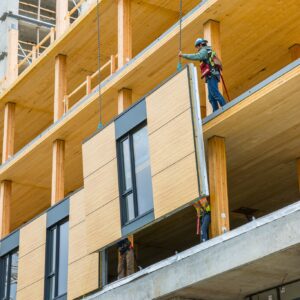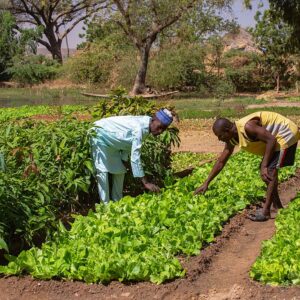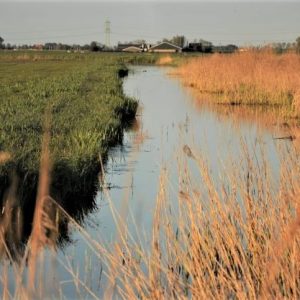Nature-based CO2-storage in plants and soil

Nature-based CO2-storage in plants and soil
Monitoring and certification
A group of 70 experts will assist the European Commission with regulation and certification to increase the removal of CO₂ from the air. They receive technical support from Wageningen Environmental Research, Partners for Innovation and Climate Neutral Group.
The European Commission wants to draw up legal guidelines for the removal of CO₂ from the air. Those guidelines must be able to build on verified and certified methods. The Commission has selected a group of 70 experts from Europe with diverse and complementary backgrounds to look into this.
Agriculture, forests and peatland
The storage of CO₂ by trees, plants and the soil is one of the solutions that requires reliable and transparent measurements and monitoring. These nature-based solutions focus on three types of landscape management: agriculture, forestry and peatland restoration.
The experts involved in this will receive technical support from Partners for Innovation, Wageningen Environmental Research and Climate Neutral Group over the next two years. Partners for Innovation will mainly collect and filter technical, scientific and policy material to feed the discussion in the expert group. In addition, we provide support for the six planned meetings of the experts in Brussels.
Quantification
A second task is to develop methods for certifying CO₂ storage. The most important issue in certification is quantification: how do you monitor and report storage and emissions? What is the starting point for the measurements? What about long term storage? And how do you guarantee that the activities are sustainable and benefit biodiversity, for example? In addition to their contribution of scientific knowledge, Wageningen Environmental Research and Climate Neutral Group will mainly concentrate on this issue.
Finally, Partners for Innovation will perform dynamic LCAs of sustainable building products, such as wood, to determine the impact of the activities on the environment.
More information
For more information about this project, visit the website or our project development and financing page.
Other
projects
Want to
know more?
Contact us!






